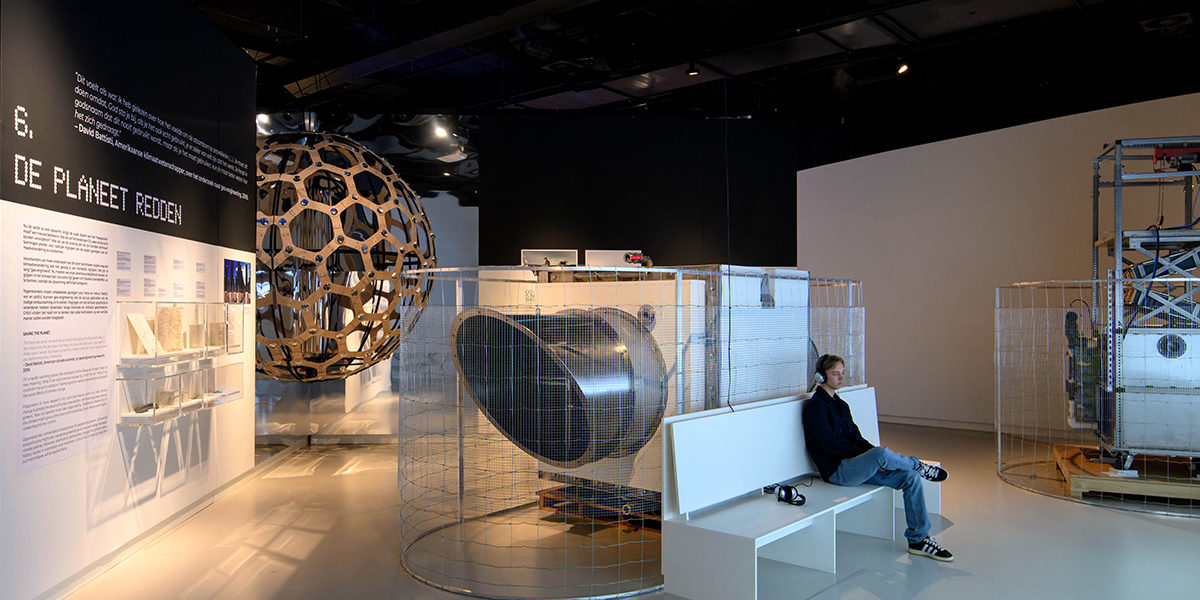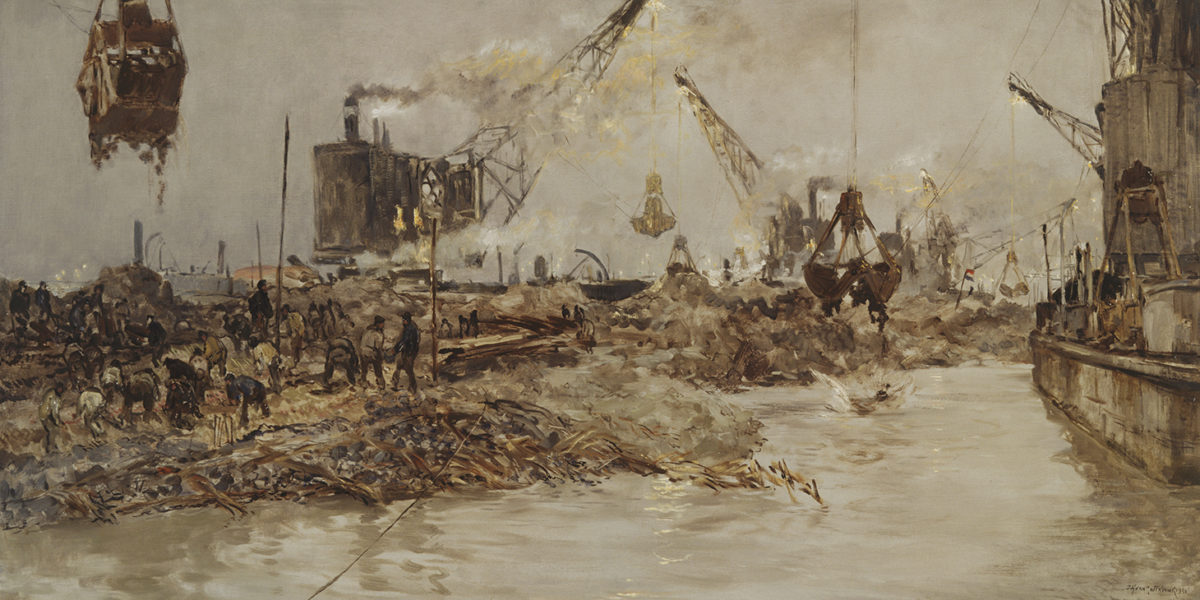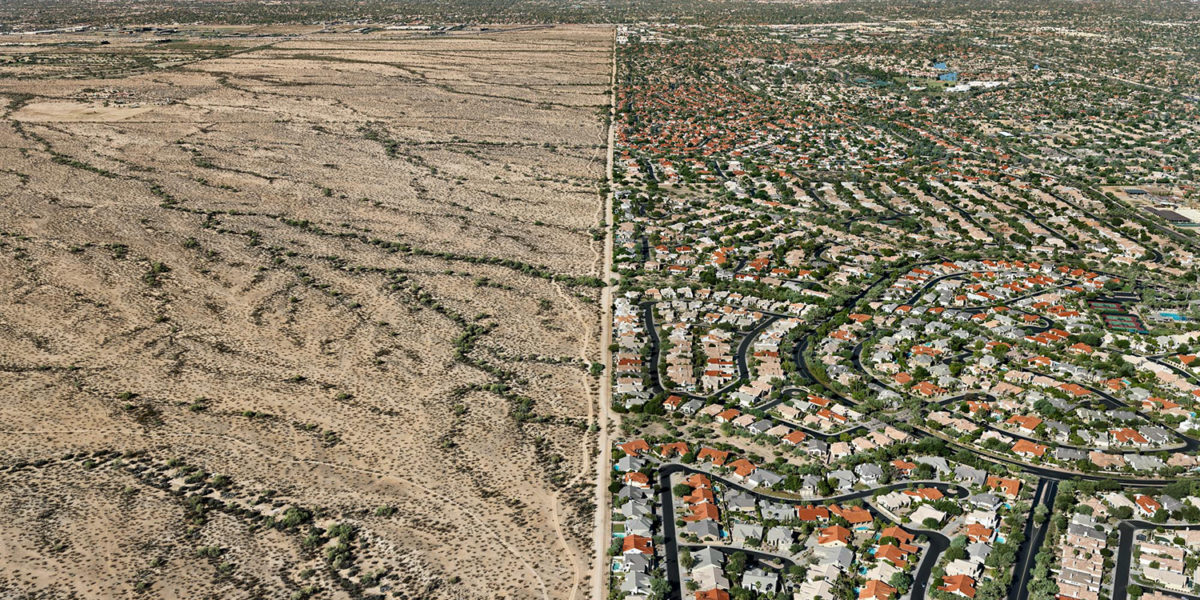Design for the planet
For centuries, designers, architects and engineers have dreamed of shaping the world to their liking. What if we could build entire continents, tame hurricanes or dim the sun’s radiation? This kind of large, intentional intervention in nature is also known as geo engineering: adapting, building, shaping the earth itself.
From September 14, 2024 to January 12, 2025, the exhibition Design for the Planet will show for the first time the design and history of the phenomenon of geo engineering.
- Music
- Article
- Book
- Designer
- From the exhibition
- Interview
- Podcast
- Video
- Tentoonstelling Van Bauhaus naar Mekka
- Tentoonstelling Vrouwen als technologie
- Exhibition Women as technology
- Tentoonstelling Screenwear
- Tentoonstelling BodyDrift
- Uit de collectie
- Collection
- Achtergrond
- GOTHIEK
- Industrie
- Subcultuur
- Tentoonstelling
- Tips
- Wind force 5
- Wind force 10
- Windkracht 1
- Windkracht 5
- Windkracht 10

Changing everything
Changes affecting the whole planet require a global vision of cooperation, justice and responsibility. Can humanity design such a world?

Saving the planet
On a rapidly warming planet, the old dream of the ‘designer climate’ takes on new meaning. What if we could remove excess CO2 from the air? What if we could dim the sun’s radiation?

Defying the imagination
Mad scientists, space lasers, mysterious satellites… our imagination is often more powerful than technological reality.

Storming the skies
The Second World War was followed by a period of tension between the two new superpowers, the United States and the Soviet Union. Weather and climate also became entangled in this ‘Cold War’. According to some researchers, human control over the atmosphere was within reach.

Building the world
From 1850, newly discovered evidence of a prehistoric ice age in Europe led to a widespread debate about the potential causes of climate change. These discussions reinforced the idea that human activities could change the climate. A rock-solid belief in the power of technological progress became widespread.

Taming nature
People and their environments have been influencing each other for thousands of years. To this day, specific designs and products are used to ‘tame’ nature and make it profitable.

Acknowledging the problem
For a long time, the effects of human actions on nature were mainly observed on a local scale. From the 20th century onwards, the image of climate as a global and complex system gained immense influence – partly thanks to increased globalisation and the emergence of modern climate science.
